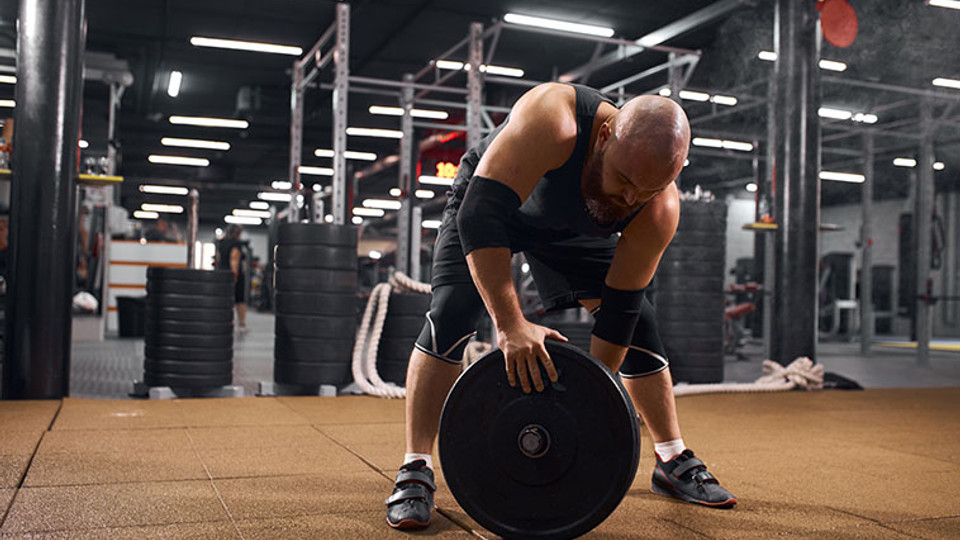
It’s quite common to wonder about accessory gear. You see people online, at the gym, in forums, wearing and discussing all sorts of apparel. It’s rare to see a record-breaking attempt without the lifter being clad in knee and elbow sleeves or wraps, weightlifting belt, sometimes even a specific squat or deadlift suit.
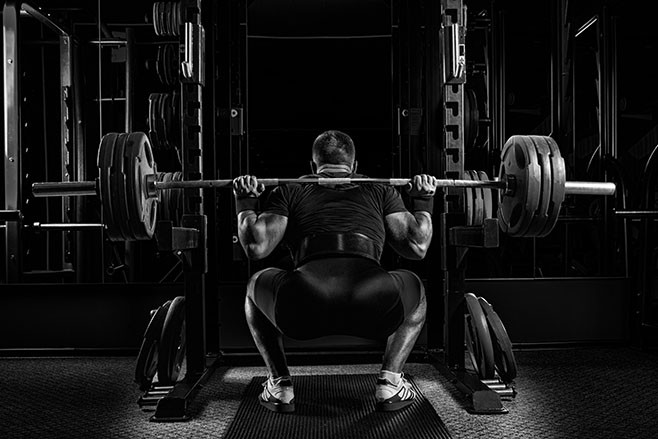
Where does all of this fit into your own training?
Today I want to talk about a couple of different pieces of accessory gear, ones which I commonly use in my own training: knee and elbow straps.
What are they, and what are they for?
Elbow sleeves
Elbow sleeves can have a couple of uses, depending on the style and fit you go for. Generally, they will be there simply to keep your joints warm. If you’re going for heavy sets with longer rests, this can be pretty crucial, as taking five minutes off between lifts can see your joints cooling and seizing up somewhat.
This is the use to which I most commonly put my sleeves.
Alternatively, you can go for a variety or fit that delivers a bit more compression. These will assist in locking out your lift, helping you to close out your elbows.

Elbow sleeves are perfectly legal in powerlifting competitions for the squat and deadlift. Many federations ban them for presses, though they are still a very useful training tool.
I would always suggest you use them when going for any squat or deadlift at the 3-rep mark or lower for any lift. They will give you added support and will keep your joints warm and thus nicely mobile.
Knee sleeves
These are like elbow sleeves and are usually used simply to keep a degree of warmth in your knee joints. As with elbow sleeves, knee sleeves should be used when you are taking longer rest periods or going for heavier squats in lower rep ranges.
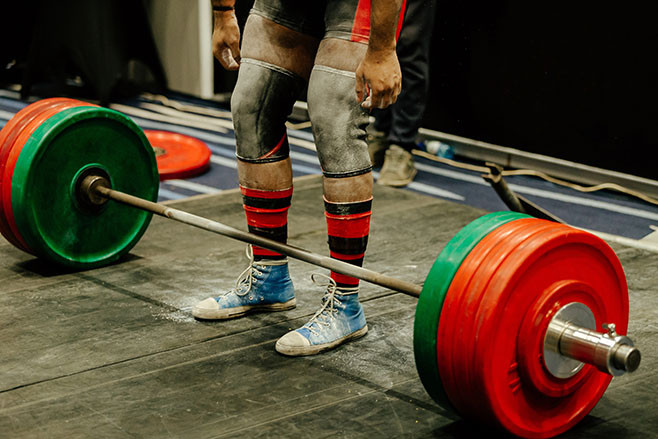
They also come in different varieties and fits, so that you can range between simply holding warmth into a fair degree of support and compression to help with knee lockout.
Knee sleeves are perfectly legal and acceptable for all lifts, and I would always recommend wearing them. However, it is important not to confuse them with knee wraps:
Knee wraps
I don’t hold knee wraps in a particularly high opinion, where I rarely leave home without my sleeves.
Knee wraps are incredibly tight, almost to the point that it’s hard to get down into a full squat depth without a hefty amount of weight on the bar. This means that you get a lot of assistance when you’re coming out of the bottom portion of the squat, as your knees are almost forced to straighten.
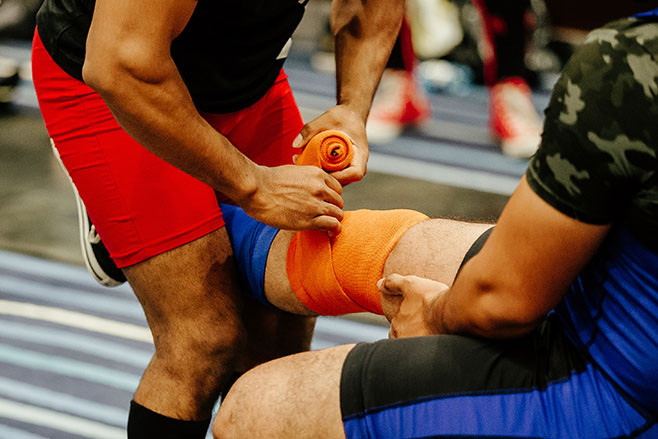
There will always be a massive discrepancy between PRs and world records where the lifter has used knee wraps and those without. If all you care about is a number, or are simply trying to hit a PR, fine: go for wraps. If you want to actually get stronger, they are perhaps not the right tool for you. I would personally stick with some well-supported sleeves for everyday training.
When should you use them?
I’ve already touched on this, but let’s lay out a couple of rules for when to use knee and sleeve wraps.
The first instance in which using sleeves makes sense is whenever it will make your lift better. It’s that simple.
You shouldn’t use them to cover up poor technique: if your knees bow inwards on the squat, work on your lower body control and foot positioning rather than just using a sleeve as a sticking plaster.
However, if you perform well, to a high degree of technical proficiency, and you find that sleeves make your lifts even better, then you are the prime candidate for using them.
The other instance is when using sleeves keeps you safe. This is particularly true when you are training in cold conditions, and/or you are taking longer rest periods. Sleeves will make sure that the heat and mobility that you generated during your warm-up stays in your elbow and knee joints.
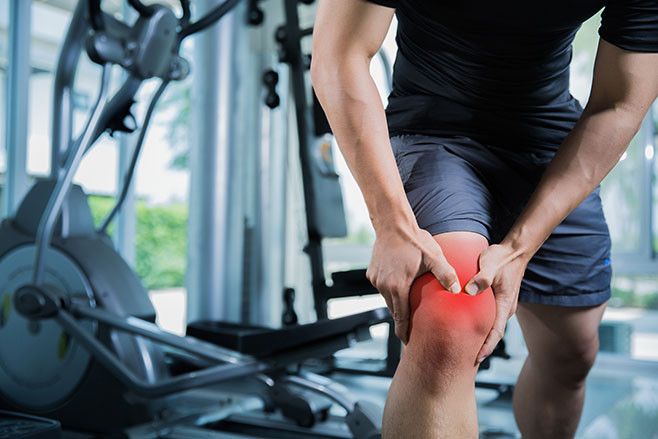
Sleeves should also be used by lifters who either have joint issues, or who are older. Wearing sleeves to keep them warm will help to reduce the risk of injury and discomfort.



